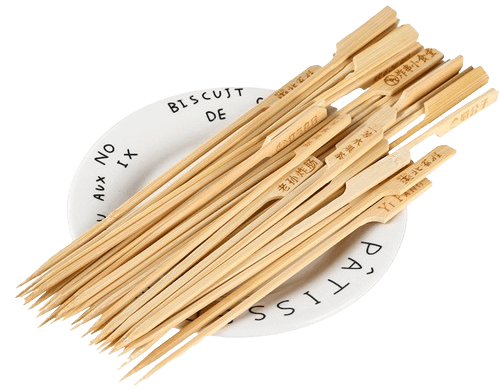Key Takeaways:
| Aspect | Details |
|---|---|
| Cultural Significance | Chopsticks have deep roots in Asian cultures, symbolizing tradition and dexterity. |
| Material Choices | Ideal materials for kids’ chopsticks include bamboo, wood, and plastic, focusing on safety and sustainability. |
| Design Recommendations | Child-friendly designs should be colorful, easy to grip, and potentially themed to engage young users. |
| Usage Tips | Simple techniques to make learning chopsticks fun and effective, like proper grip and alignment. |
| Safety Guidelines | Non-toxic materials and regular maintenance are crucial for children’s chopsticks. |
Introduction
Chopsticks are not merely utensils but are a bridge to learning about and appreciating diverse cultures. At Ecostix Global, we believe in nurturing this connection from a young age by introducing children to chopsticks that are both fun and functional. This guide will help you craft the perfect pair of chopsticks for your child and teach them how to use them effectively.
The Cultural Significance of Chopsticks
Chopsticks have been a fundamental part of dining in many Asian cultures for thousands of years. They are more than tools for eating; they represent a bond to history and a respect for tradition. Teaching children how to use chopsticks can also be a delightful introduction to cultural practices and stories from countries like China, Japan, and Korea.
Choosing the Right Materials
When selecting materials for children’s chopsticks, safety comes first. Here at Ecostix Global, we recommend using sustainable materials like bamboo, which is not only environmentally friendly but also lightweight and easy to handle. Learn more about why bamboo is an excellent choice for chopsticks here.
Designing Chopsticks for Kids
Kids are more likely to embrace chopsticks when they are visually appealing. Consider incorporating vibrant colors, popular children’s characters, or fun themes like animals or space. The design should also be practical, with textured surfaces or molded grips that help little hands keep a firm hold. For more design ideas, visit our product page.
Step-by-Step Guide to Making Chopsticks
Creating chopsticks can be a simple and enjoyable DIY project for you and your child:
- Select the Material: Start with a clean, smooth piece of bamboo.
- Cut to Size: Each chopstick should be about 18 cm long, ideal for small hands.
- Shape the Ends: One end should be slightly tapered for picking up food easily.
- Sand Smooth: Ensure all surfaces are smooth to the touch to prevent splinters.
- Decorate: Paint or varnish your chopsticks. Use child-safe products only.
- Seal and Finish: Apply a non-toxic sealant to protect the design and ensure durability.
For a detailed guide on making your chopsticks last longer, check out our advice on maintaining bamboo chopsticks.
Teaching Kids How to Use Chopsticks
Teaching your child to use chopsticks requires patience and practice. Start with simple gripping exercises and progress to picking up larger objects before moving on to smaller, more challenging items. Encouraging a correct grip from the beginning helps prevent frustration. Essential tips include:
- Correct Positioning: The lower chopstick should remain stationary, held firm by the base of the thumb and resting on the ring finger.
- Dynamic Movement: The upper chopstick is moved by the index and middle fingers to grasp food effectively.
For more tips on mastering chopstick use, visit our dedicated section on mastering chopsticks for kids and families.
Fun Activities and Games with Chopsticks
Introducing games and activities is a fantastic way to enhance your child’s dexterity and make the learning process engaging. Here are a few ideas:
- Chopstick Relay: Set up a mini relay course where children need to transfer small objects like marbles or beans from one bowl to another using only their chopsticks.
- Art and Craft: Use chopsticks as tools in arts and crafts projects, such as painting or placing small items to create mosaics.
- Sorting Game: Have children use chopsticks to sort colored beads or similar items into matching colored cups.
Health and Safety Considerations
It’s crucial to ensure that chopsticks used by children are safe and suitable:
- Non-toxic Materials: Always choose chopsticks that are free from harmful chemicals and safe for children.
- Smooth Edges: Ensure all edges are smooth to prevent any injuries.
- Regular Cleaning: Teach children the importance of cleaning their chopsticks properly to maintain hygiene. For tips on cleaning and maintaining bamboo chopsticks, visit our guide on how to clean bamboo chopsticks.
Conclusion
Introducing your child to the use of chopsticks can open up a new world of skills and cultural appreciation. With the right approach, materials, and engaging activities, chopsticks can become a part of their everyday dining experience, enriching their meals and enhancing their motor skills.



